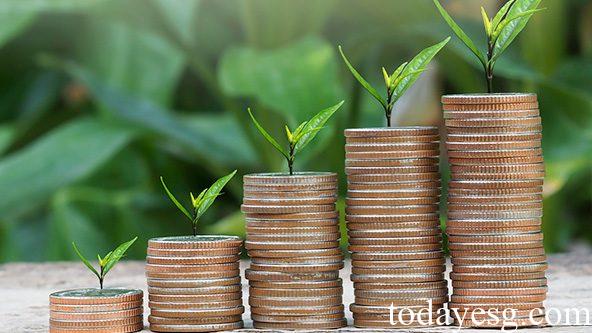ABP Increases Impact Investing
ABP, the second largest pension fund in Europe and the largest pension fund in the Netherlands, has adjusted its investment goals and plans to allocate 30 billion euros in impact investing and pursue double returns of financial and societal impacts.
ABP believes that investing in areas such as nature, biodiversity and climate change can effectively manage portfolio risks and produce meaningful impacts. Impact investing also ensure that ABP’s investments yield dividends for participants.
Related Post: What is Impact Investing and How is it Different from ESG Investing

ABP’s Impact Investing Plan
ABP views climate and biodiversity as key factors influencing social and economic change and believes these factors create risks and opportunities for the investment portfolio. In the new investment policy, ABP plans to set targets for these themes in its investment portfolio in accordance with the Paris Agreement and the Kunming-Montreal Global Biodiversity Framework (GBF) and achieve them through active management and engagement.
In equity investments, ABP plans to create a basket of investment targets that meet minimum standards. Companies that do not comply with climate change and biodiversity standards will not be included in the portfolio. Eligible companies will need to propose specific net zero and biodiversity conservation plans to manage these risks. ABP will first apply this measure in its equity portfolios in developed markets, which have a total AUM of €102 billion. It will consider whether to tighten this standard in the future.
ABP hopes to generate dual returns of financial and societal impacts through impact investing, including investing in sustainable energy projects, affordable housing, etc. ABP plans to expand the scale of impact investment in its investment portfolio to 30 billion euros in 2030, of which climate change and biodiversity will reach 10 billion euros and 1 billion euros respectively.
ABP believes that impact investing can provide participants with good risk returns and will continue to evaluate and adjust sustainable and responsible investment policies to balance the risks and returns of the investment portfolio.
Reference:
ABP Sets New Investment Goals in a Changing Economy
ESG Advertisements Contact:todayesg@gmail.com








